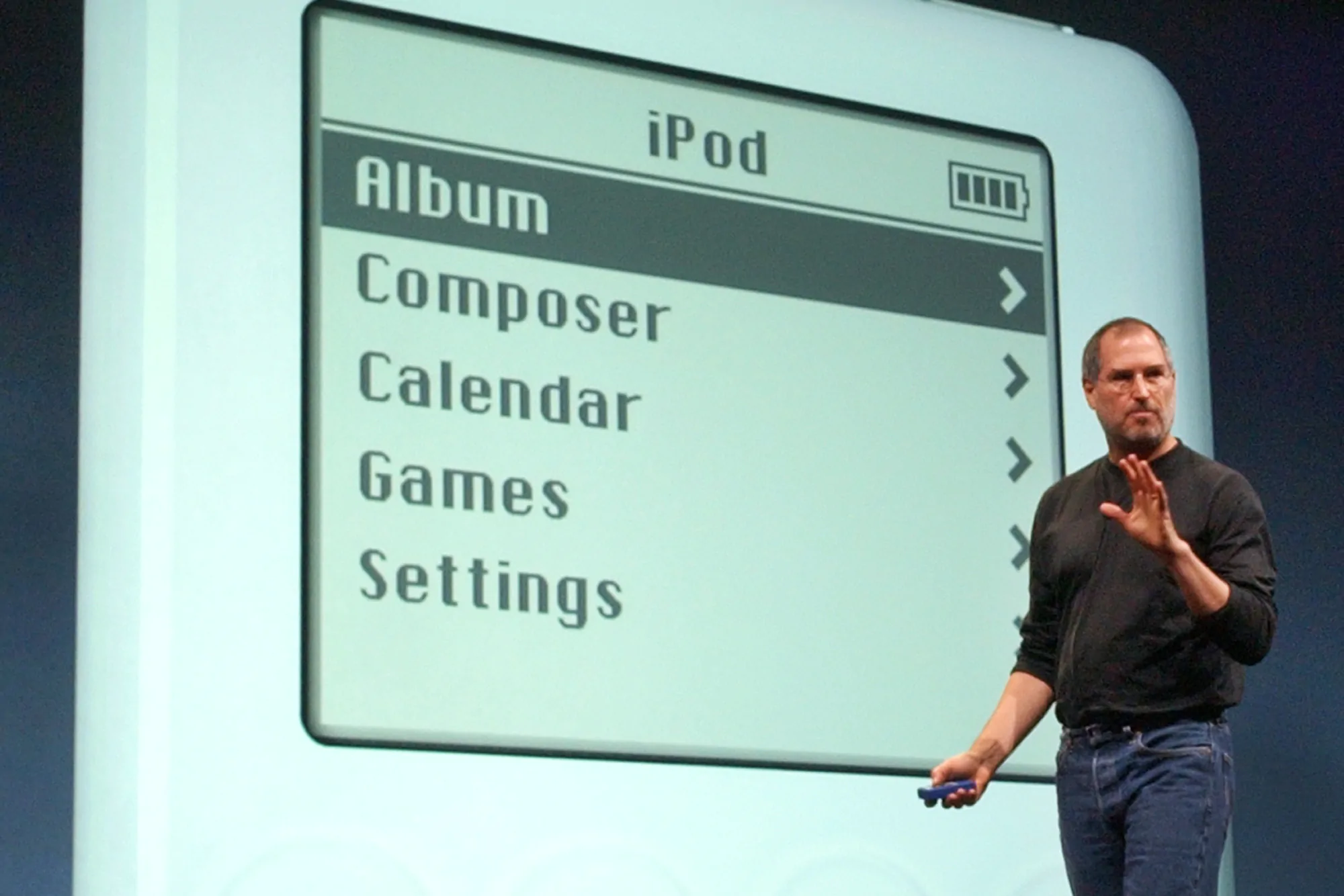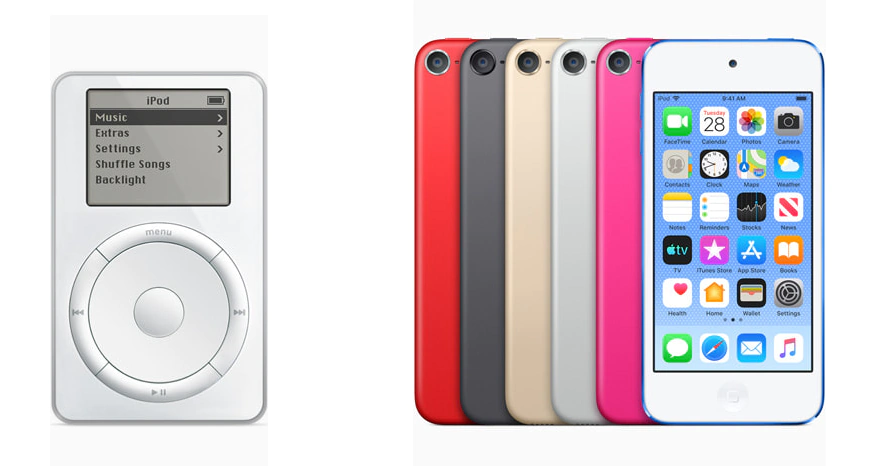There was the era when people had to visit brick-and-mortar stores to buy the music they wish to listen.
At that time, each cassette people buy could store around 16 songs.
It was Walkman, the brand manufactured and marketed by Sony, that managed to enhance the listening experience by introducing series of portable audio players for people to listen to those songs.
According to Time, Walkman's "unprecedented combination of portability (it ran on two AA batteries) and privacy (it featured a headphone jack but no external speaker) made it the ideal product for thousands of consumers looking for a compact portable stereo that they could take with them anywhere"
Then, when cassettes were replaced by compact discs (CDs), Sony experienced a decline of Walkman sales. At that time, it was CDs who killed Walkman, and the rest is history.
The influence and the legacy of Sony's Walkman could only be compared with Apple's iPod.

The iPod was born because founder Steve Jobs considered portable devices at the time were "big and clunky or small and useless" with user interfaces that were "unbelievably awful".
Jobs asked Apple's hardware engineering chief Jon Rubinstein to contact Tony Fadell, a former employee of General Magic and Philips who had a business idea to invent a better MP3 player and build a music sales store to complement it. Fadell, who had previously developed the Philips Velo and Nino PDA, was hired by Apple in 2001 as an independent contractor to work on the iPod project.
When Apple first announced the first iPod, there was no looking around. People quickly fell in love with it.
The audio player devices from Apple thrived when MP3 was a boom.
The device won many awards, and often receive favorable reviews. People love how they can store music, in a device that looks sleek and clean.
The iPod has also been credited with accelerating shifts within the music industry.
Apple released the first iPod on October 23, 2001. By 2011, Apple held a 70% global market share in MP3 players.
But when MP3's popularity started to decline, thanks to internet-capable devices, bigger storage, and streaming services, iPod sales started to decline.
Most importantly, newer generations of the iPods have become very similar to iPhones in terms of functionalities.
For example, the final version of the iPod, the iPod Touch (7th generation), has a touchscreen-based user interface, as it runs on iOS as its operating system. Moreover, the device can play music, movies, television shows, audiobooks, and podcasts and can sort its media library by songs, artists, albums, videos, playlists, genres, composers, podcasts, audiobooks, and compilations.
It even has a front and a rear camera, includes ARKit applications, and Group FaceTime functionality.
When the original iPod, introduced on October 23, 2001, it was the first MP3 player to pack a thousand songs and a 10-hour battery. the iPod 7th generation allows users to store more than 50,000 songs.
By killing the iPod, Apple is putting an end for its part, in providing the dedicated portable MP3 players for the masses.
But regardless, iPod's influencer has become culturally pared with the Walkman, as the device had a great effect to pop culture for decades.
The iPod has become ubiquitous media player, like how the Walkman was a ubiquitous cassette player.
Both devices have been cited to not only changed people's relationship to music but also with technology.
While the iPod literally picked up the pace the Walkman left behind after its demise, the iPod did make people listen to their own music of choice rather than going through the radio.

"Since its introduction over 20 years ago, iPod has captivated users all over the world who love the ability to take their music with them on the go. Today, the experience of taking one’s music library out into the world has been integrated across Apple’s product line — from iPhone and Apple Watch to iPad and Mac — along with access to more than 90 million songs and over 30,000 playlists available via Apple Music," said Apple in its announcement.
"Music has always been part of our core at Apple, and bringing it to hundreds of millions of users in the way iPod did impacted more than just the music industry — it also redefined how music is discovered, listened to, and shared,” said Greg Joswiak, Apple’s senior vice president of Worldwide Marketing.
“Today, the spirit of iPod lives on. We’ve integrated an incredible music experience across all of our products, from the iPhone to the Apple Watch to HomePod mini, and across Mac, iPad, and Apple TV. And Apple Music delivers industry-leading sound quality with support for spatial audio — there’s no better way to enjoy, discover, and experience music.”
To pass on the iPod legacy, Apple suggests users to enjoy portable music across a range of devices, including a wide variety of models from the new iPhone SE to the its highest end iPhone 13 Pro Max.
After announcing the end of the iPod, Apple said that it would continue to sell the iPod Touch, the only generation of the iPod still on sale, "while supplies last."
In the period of two decades, Apple sold more than 400 million iPods around the world.